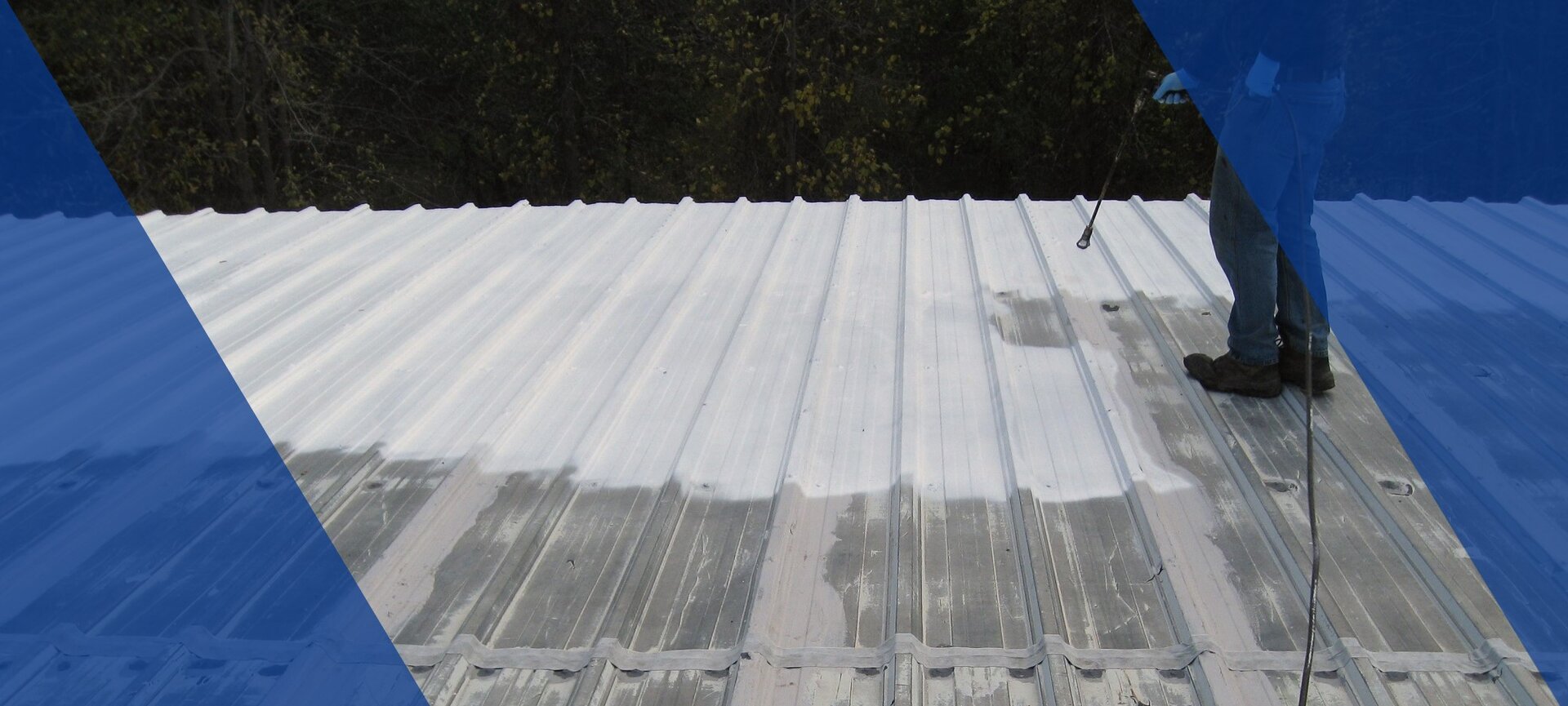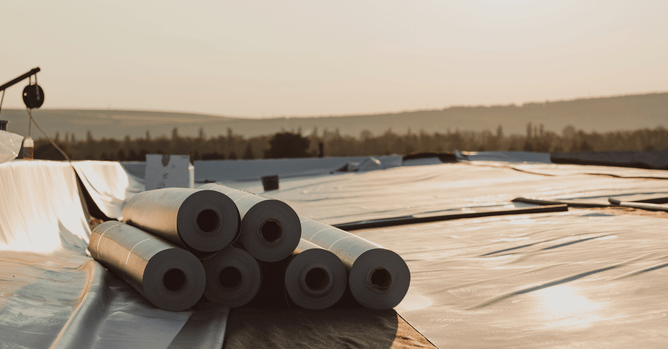Why you should inspect your Butynol or other membrane roof regularly.
Do you own a house or building which has a flat or low-pitched roof area and Butynol or Torch on, or similar is the membrane acting as the roof/moisture barrier?
How often do you do a visual inspection or get a qualified person to inspect?
The advantage of taking an annual look at your roof can pay dividends handsomely. For the minimal cost of an inspection, if it is beyond you to inspect, it will pale into insignificance if your roof membrane is allowed to deteriorate to the point it leaks and you get water ingress into your roof space, damaging roof structure, plaster ceilings, electrical light fittings and on the list goes. Added to that, as the damage increases, so also does the cost to repair.
So it makes sense to keep on top of your roof maintenance just as you service your car.
Assuming you are on the roof, what do you look for?
Firstly, if there are tears, cracks, and lifting at the joins, it is likely your roof is leaking in wet weather. If there are lumps where nails or screws holding the plywood down under the Butynol have started to work loose, you are about to encounter trouble. Soon they will pierce the membrane and allow water to get in underneath.
If any of the situations described above are visible, it is highly recommended you get a qualified waterproofer experienced in these types of roofs to take a look and make some recommendations to remediate before the situation becomes catastrophic. And it will, as we are experiencing higher rainfall in the last 2 years than we have for a long time.
On the proactive side of things, if all looks to be well, how old is the roof?
If it is over 15 years or so, is it likely the membrane is becoming “oxidized” that is starting to appear slightly furry and dull on the surface? That is the result of exposure to UV light, and New Zealand has a relatively high UV index rating. This oxidization is only going to get worse with time and finally compromise the integrity of the roof.
So, where to from here?
Prevention is better than cure. Investing some money into restoring your roof before it becomes an issue will always be more cost-effective and give a much more durable result than letting it go and trying to fight a rearguard action on repair when a rip-up and re-lay is likely the only suitable and much more expensive option.
For more information on how to repair your roof and save money, visit this page here.

